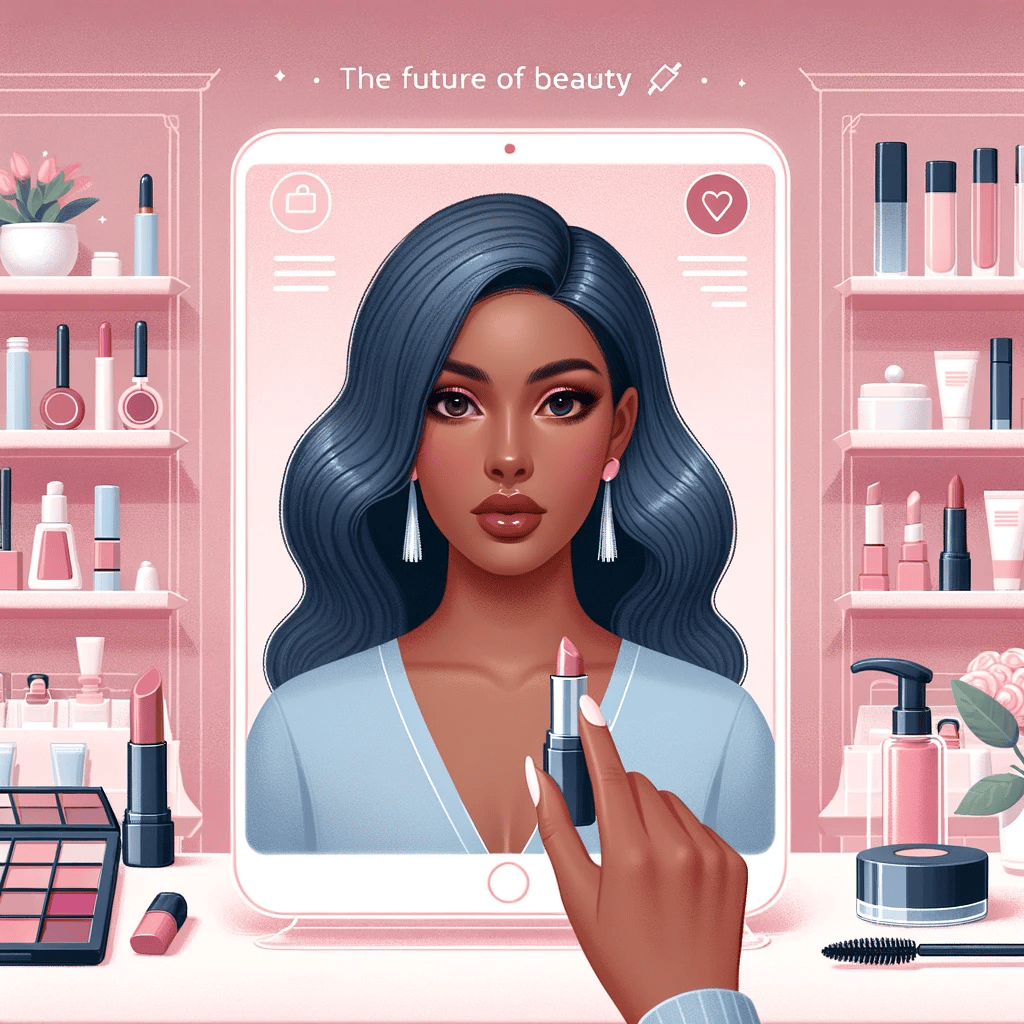- Empowering Small Business Owners with AI
- Posts
- Deep Dive: Implementing AI-Powered Virtual Try-Ons on Shopify
Deep Dive: Implementing AI-Powered Virtual Try-Ons on Shopify
No hypes! No games! No gimmicks!

Virtual try-ons have revolutionized online shopping, especially for beauty and personal care products. It bridges the gap between in-store and online experiences. Here's a comprehensive guide on how to implement this feature using AI on your Shopify store:
Step 1: Define the Objective
Purpose: Clearly outline what you want to achieve with the virtual try-on feature.
Do you want to target makeup products, hair color, skincare effects, or all of them?
Is it for increasing sales, reducing returns, or enhancing user experience?
Step 2: Choose the Right AI Tool
Purpose: Select a tool that aligns with your objectives.
Action: Research available AI virtual try-on solutions compatible with Shopify. Some popular options include ModiFace, YouCam, and Perfect Corp.
Review their features, integration ease, customer reviews, and pricing.
Step 3: Integration with Shopify
Purpose: Seamlessly integrate the chosen AI tool with your online store.
Action:
Collaborate with a web developer or use the tool's support team to ensure smooth integration.
Test the feature on different devices and browsers to ensure compatibility.
Step 4: User Interface (UI) Design
Purpose: Provide an intuitive and user-friendly experience.
Action:
Design clear call-to-action buttons like "Try it On" or "Virtual Try-On".
Ensure the camera access prompt is user-friendly and explains the reason for the request.
Allow users to upload photos or use real-time camera feeds.
Step 5: Product Calibration
Purpose: Ensure the virtual application of the product looks realistic.
Action:
For every product available for virtual try-on, calibrate its color, texture, and effect using the AI tool's backend. This might involve uploading high-quality images or defining color codes.
Regularly update this as new products are added.
Step 6: User Data Privacy
Purpose: Ensure customer trust by maintaining data privacy.
Action:
Clearly state that the images are not stored permanently.
Have a concise privacy policy linked close to the virtual try-on feature, explaining data usage.
Step 7: Feedback Mechanism
Purpose: Continuously improve the feature based on user feedback.
Action:
Incorporate a quick feedback popup or survey after a user uses the virtual try-on.
Ask specific questions about the accuracy of color, ease of use, and any glitches they might have faced.
Step 8: Promote the Feature
Purpose: Increase awareness and usage of the virtual try-on feature.
Action:
Highlight the feature on the homepage banner.
Promote it through email marketing, social media, and other marketing channels.
Consider offering limited-time promotions or discounts to encourage its use.
Step 9: Monitor and Optimize
Purpose: Ensure the feature remains up-to-date and optimized.
Action:
Regularly review the analytics - how many users are using it, the conversion rate of users who used the feature vs. those who didn't, etc.
Update the tool or recalibrate products based on feedback and analytics.
Implementing an AI-powered virtual try-on feature on your Shopify store can significantly elevate the shopping experience. It requires meticulous planning, regular monitoring, and a keen focus on user experience. Once successfully implemented, it can become a powerful tool for driving sales and customer satisfaction.